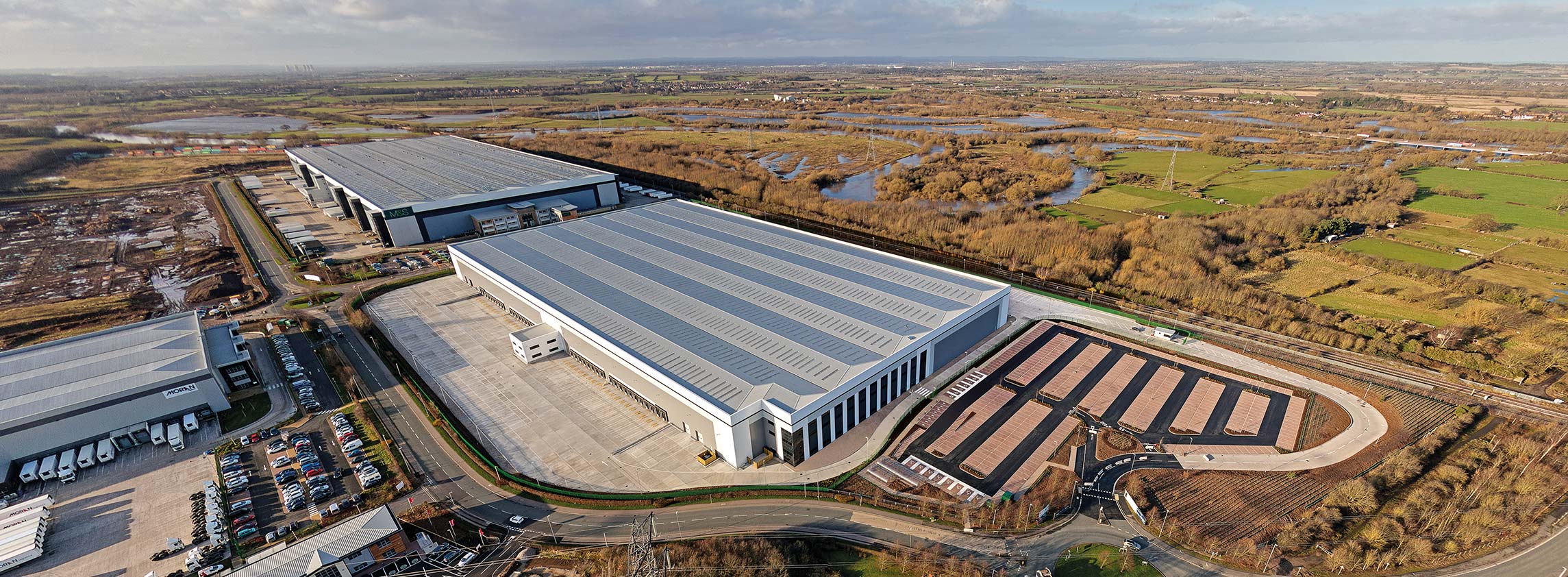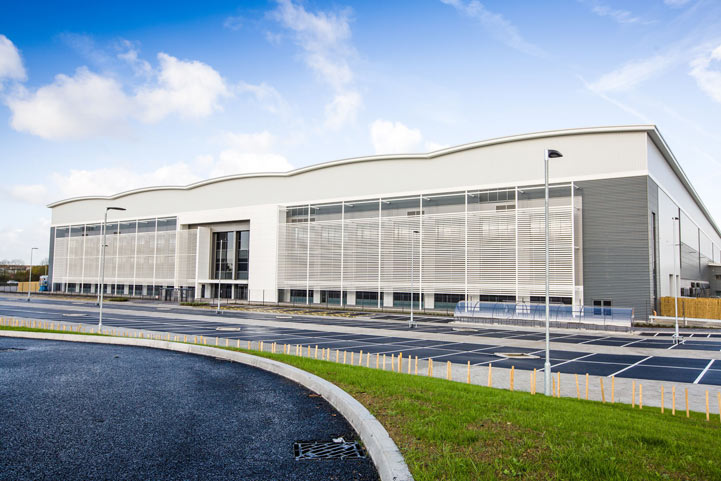Nationwide overview
Record levels of take-up, and supply falling at its fastest ever rate

Record levels of take-up, and supply falling at its fastest ever rate
As 2021 has progressed, it would seem that not a day goes by without reading another news story that relates back to the logistics sector. The property press continues to report information on new occupier requirements and transactions, which in turn creates opportunities for investors to deploy capital in the sector. In the wider market, issues remain about the availability of labour, with HGV drivers in particular currently being in short supply, and macro events, such as the recent incident in the Suez Canal, have shone a light on the fragility of global supply chains. These macro events are reinforcing the view that, in the medium term, supply chains will shift from operating ‘just in time’ to a ‘just in case’ model. Essentially this means holding more inventory than has previously been considered normal, which in turn means having access to more warehouse space.
Away from wider supply chain issues, online retail continues to play an important role in the continued health of the sector. Forecasts from Forrester suggest that, whilst fluctuations in the level of online retail should be expected as life returns to normal, overall, the pandemic has accelerated the growth that we were already experiencing. With Forrester suggesting that online retail will reach 37% of all retail sales by 2025, up from 20% before the pandemic, it is clear that more warehouse space will be required.
Over the next 18–24 months, however, the key issue will be one of warehouse supply. The availability of construction materials – an issue that we explore in more detail on our Outlook page – will mean that the pace of delivery for new speculative supply will not be able to keep up with demand. This could cause a bottleneck effect as occupiers consider their options when looking to satisfy new requirements.

DIRFT: Prologis h have bought back the 404,000 sq ft former Arcadia unit and leased to Boohoo
Take-up
At the halfway point of 2021, 24.41m sq ft of warehouse space has been transacted, setting a new H1 take-up record in the process, 82% above the long-term H1 average of 13.4m sq ft. Examining the take-up trends in further detail shows some interesting trends which demonstrate a resilience and strength in the market, which may counter historical perceptions.
Firstly, we have logged 107 separate transactions so far this year, which against the annual average of 113 transactions per year shows just how active the market is. Also, take-up for units over 500,000 sq ft has fallen back to 22% of the market, down from 44% of the market in 2020. In their place, demand for units between 100,000 and 200,000 sq ft has increased, accounting for 36% of the market, up from 27% in 2020. In the most part this has been driven by online retailers taking smaller parcel delivery style units, the sector alone has taken 2.8m sq ft of units under 200,000 sq ft in 2021.
Given the number of large requirements in the market, we expect that the full-year figures will see this balance shift. Take-up from manufacturers has also risen, to account for 15% of take-up, up from 8% in 2020, correlating with recent notes from the ONS which show that manufacturing is increasing its share of UK GDP.
Supply and Pipeline
Given the strong levels of take-up, supply has fallen at its fastest pace ever and now stands at 25.08m sq ft, a fall of 6.93m sq ft since the start of the year. This fall in supply means that, at a nationwide level, vacancy now stands at 4.37%, the lowest level since Savills started recording the metric, and a fall of 221 bps in 12 months. Grade A supply now stands at 6.91m sq ft, again the lowest level we have ever recorded.
We are currently tracking 16.79m sq ft of speculative development which will add much-needed supply given the current levels of take-up and requirements.
Read the articles within Big Shed Briefing below.
10 article(s) in this publication